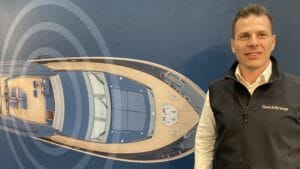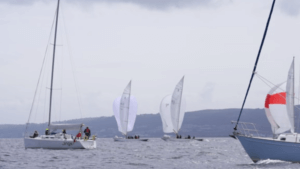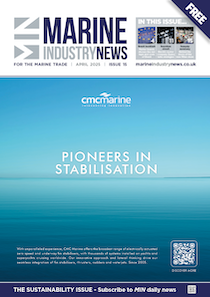RNLI adapts superyacht inflatables for lifesaving operations
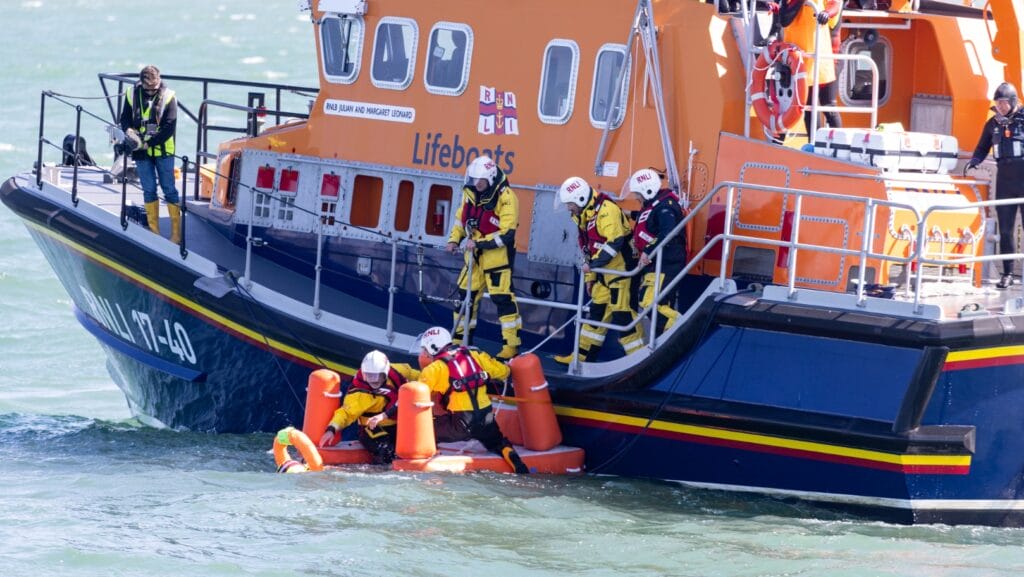 Seastairs in action during a mass rescue training event in Poole Bay, Dorset.
Seastairs in action during a mass rescue training event in Poole Bay, Dorset.
The Royal National Lifeboat Institution (RNLI) is enhancing its lifesaving capabilities with an inflatable staircase, originally designed for superyachts.
FunAir – a company normally associated with light-hearted products such as superyacht golf domes and inflatable climbing playgrounds – first collaborated with the RNLI in 2023 to adapt its Seastairs for maritime rescue operations.
The Rescue Seastairs were successfully trialled by RNLI lifeboat crews last year and have since been rolled out for operational use at lifeboat stations in south-east England. The equipment has already played a role in saving lives, and FunAir says it has committed to donating a percentage of Seastairs sales to the RNLI to support its round-the-clock lifesaving services.
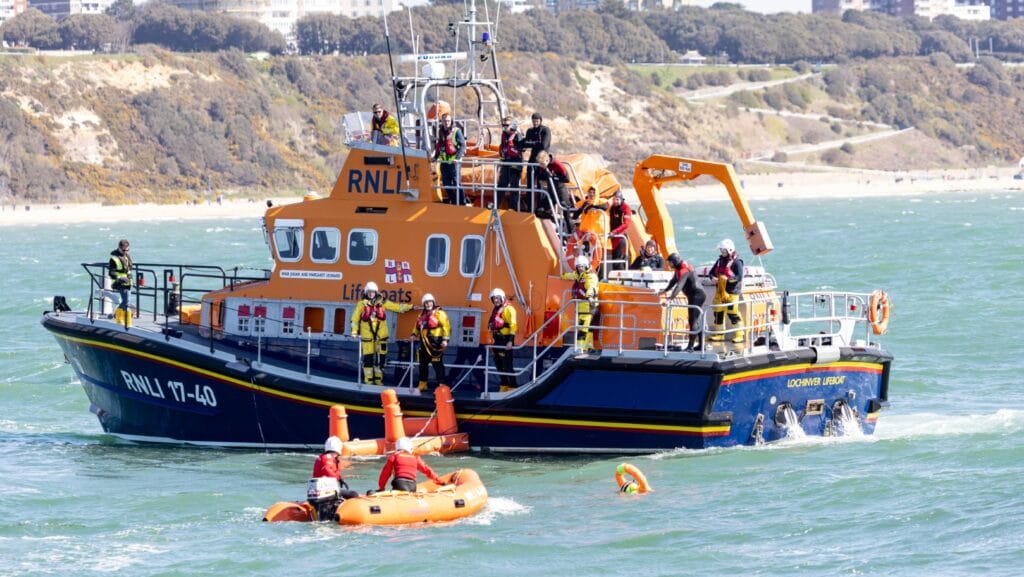
“We design inflatables to enhance the superyacht experience, solving issues for captains, crew and guests,” says John Courtney, managing director of FunAir. “Our collaboration with the RNLI highlights our commitment to extending the reach of our innovations beyond the luxury sector. By adapting our Seastair technology, we have created a tool that significantly enhances the efficiency of water rescue operations – a prime example of how innovations can spark further ideas to address wider maritime problems.”
Simon Ling, head of lifeboats at the RNLI, calls the Rescue Seastairs a game-changing piece of lifesaving equipment. He explains: “It enables our crews to recover large numbers of people from the water at high speed – which in a rescue situation could be the difference between life and death.”
RNLI says the Rescue Seastairs underwent extensive testing and adjustments to ensure they meet the operational needs of its crews. Designed for rapid deployment in emergencies, the equipment offers a non-slip surface and enables the quick recovery of individuals from the water, accommodating a range of ages and abilities. This design improves safety for both rescuers and those being rescued.
Since its introduction, the Rescue Seastairs have been credited with saving lives, including an incident in the autumn of 2024 when over 40 people were rescued in a single mission. While the RNLI does not have exact data on how many people the equipment has assisted so far, it confirms that the Seastairs have ‘significantly’ improved the speed at which large groups can be recovered and brought onboard its all-weather lifeboats.

In a statement, the RNLI highlights that the equipment is particularly suited for rescue scenarios in the Channel, where operations often involve large numbers of people in the water. The charity says: “The sea stairs have the potential to save lives around the entire UK and Ireland coastlines, and we believe will also be of great interest to search and rescue organisations around the world.”
Courtney adds: “We are deeply honoured to contribute to the RNLI’s life-saving work and are extremely proud to see how the superyacht world can serve the greater maritime communities and our ability to adapt products for these crucial needs.”
The Rescue Seastairs are now being deployed across the UK and are available to coastguards, lifesaving teams and lifeboat associations worldwide.



